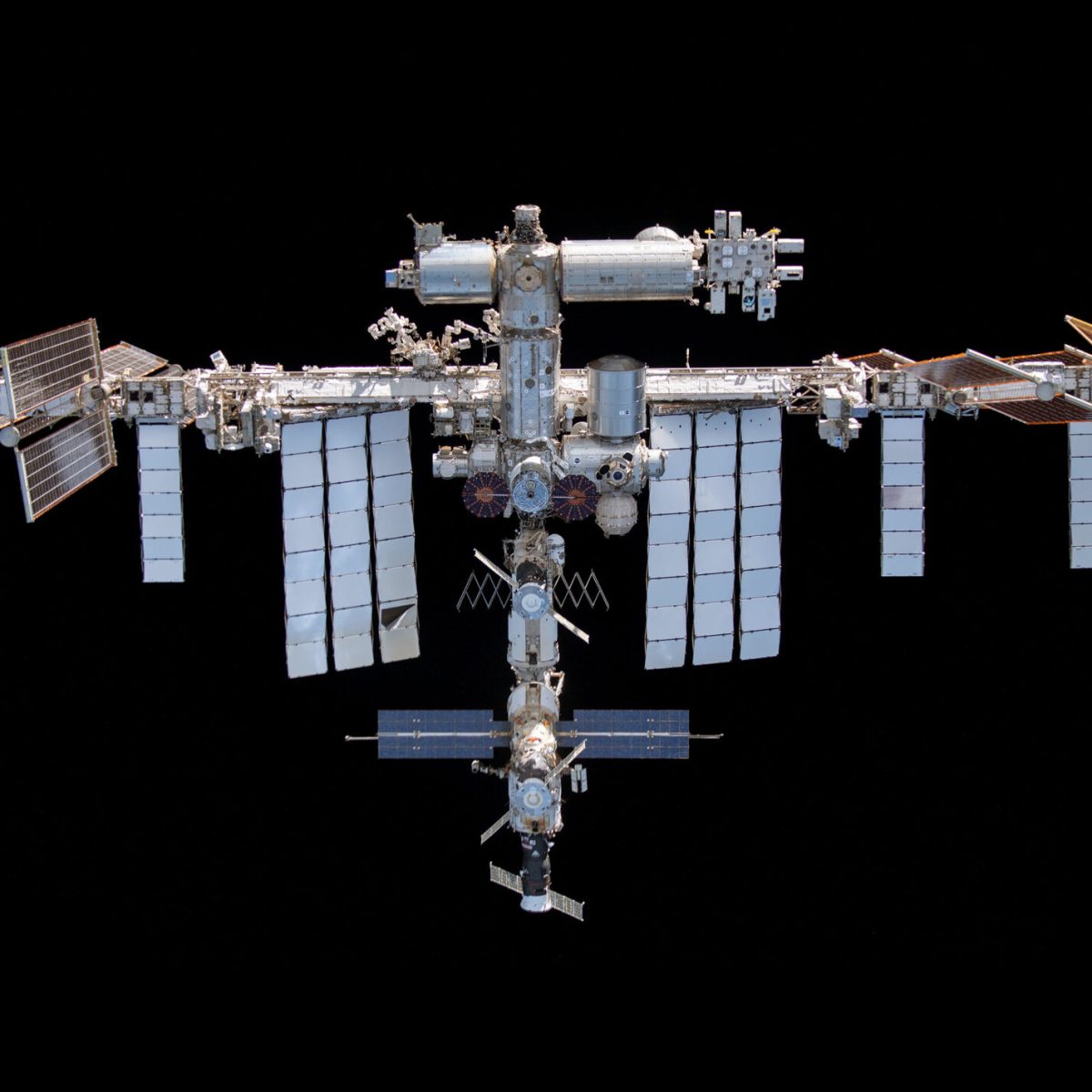NASA’s Plan to Deorbit the International Space Station: A Controversial Decision
In the peaceful town of Golden, Colorado, a significant challenge is brewing for NASA. The space agency is tasked with the complex mission of safely deorbiting the colossal 400-ton International Space Station (ISS) in a few short years. The current proposal involves guiding the ISS back towards Earth, ultimately sinking it into a remote section of the Pacific Ocean. This plan, however, has sparked concern among scientists and environmental advocates.
According to a report by the NASA Office of Inspector General (OIG), the ISS is grappling with persistent wear and tear after decades of service. Issues such as cracks and air leaks are becoming increasingly common, indicating that the station is nearing the end of its operational life.
NASA has considered and dismissed various methods for decommissioning the ISS. Options such as disassembling the structure and returning it to Earth, relocating it to a higher orbit, or allowing it to naturally decay and reenter the Earth’s atmosphere in an uncontrolled manner were all evaluated. Ultimately, NASA’s white paper concluded that employing a U.S.-developed deorbit vehicle to target a specific remote oceanic location is the most feasible solution for the station’s end-of-life process.
The Process of Deorbiting the ISS
In June, NASA announced the selection of SpaceX to design the United States Deorbit Vehicle (USDV). The contract, valued at up to $843 million, involves modifying SpaceX’s existing Dragon spacecraft. The USDV will be equipped with additional Draco thrusters, enabling it to lower the ISS’s orbit for a controlled and destructive descent into the ocean. The enhanced trunk section of the USDV will contain engines, propellant tanks with six times the amount of fuel compared to a standard Dragon spacecraft, power generation systems, and other necessary components.
Most components of the ISS are expected to disintegrate during re-entry due to intense heat and friction. However, some denser or heat-resistant parts may survive the descent.
The designated drop zone for these resilient components is Point Nemo, often referred to as the "pole of inaccessibility." This location is already a favored resting place for defunct space hardware due to its remote nature, being the farthest point from any landmass on Earth. It is approximately 1,450 nautical miles (2,685 kilometers) from the nearest land, with Ducie Island of the Pitcairn Islands to the north, Motu Nui of the Easter Islands to the northeast, and Maher Island in Antarctica to the south.
Environmental Concerns and Expert Opinions
Despite NASA’s thorough planning, the idea of sinking the ISS into the ocean has sparked significant concern among environmental watchdogs and marine specialists. Edmund Maser, a molecular biologist from the University Medical School Schleswig-Holstein in Kiel, Germany, criticized the proposal. He likened it to past practices of ocean dumping, such as disposing of unused World War II ammunition into the sea, which has led to long-term environmental hazards.
Maser highlighted that these explosives not only pose immediate dangers but also have toxic and carcinogenic effects on marine life. He warned that future generations might face similar challenges with the remnants of the ISS, potentially requiring costly cleanup efforts.
The U.S. Environmental Protection Agency (EPA) is currently assessing how the disposal of the ISS in the ocean should be regulated. While they have not disclosed specific concerns or detailed regulations, the agency acknowledges the complexity of the issue.
Ewan Wright, a Ph.D. candidate at the University of British Columbia and a junior fellow of the Outer Space Institute, pointed out that there are still uncertainties regarding the ISS deorbiting process. He emphasized that the materials used in the ISS, and the potential hazards they pose to marine life, are not fully understood. Despite these concerns, Wright argued that ocean disposal is the "least worst" option, minimizing risks to human life and aircraft.
Broader Implications and Future Considerations
The deorbiting of the ISS may clear orbital space for new spacecraft, but some experts believe that dumping it in the ocean is a shortsighted solution. George Leonard, chief scientist at the Ocean Conservancy, compared NASA’s plan to the disposal of single-use plastics in the ocean, highlighting the tendency to ignore pollution once it is out of sight.
Leonard stressed that the ocean has long been used as a dumping ground for various types of waste, including space debris. He argued that the disposal of the ISS underscores a broader issue: the failure to plan for the end-of-life of the products we create.
The ocean faces continuous degradation each time pollution is introduced. While space debris in the ocean is not a new phenomenon, Leonard warned that the problem will only intensify in the future. He urged for better solutions and emphasized the importance of considering the long-term consequences of adding waste to our oceans, whether it’s from single-use plastics or space hardware.
Conclusion
NASA’s plan to deorbit the ISS is a complex and controversial topic, balancing the need for space sustainability with environmental concerns. While the proposed solution aims to minimize immediate risks, it raises questions about the long-term impact on our oceans and the responsibility we bear for future generations. As discussions continue, it is crucial to consider innovative and sustainable approaches to managing space debris and protecting our planet’s most valuable resources.
For more Information, Refer to this article.

































